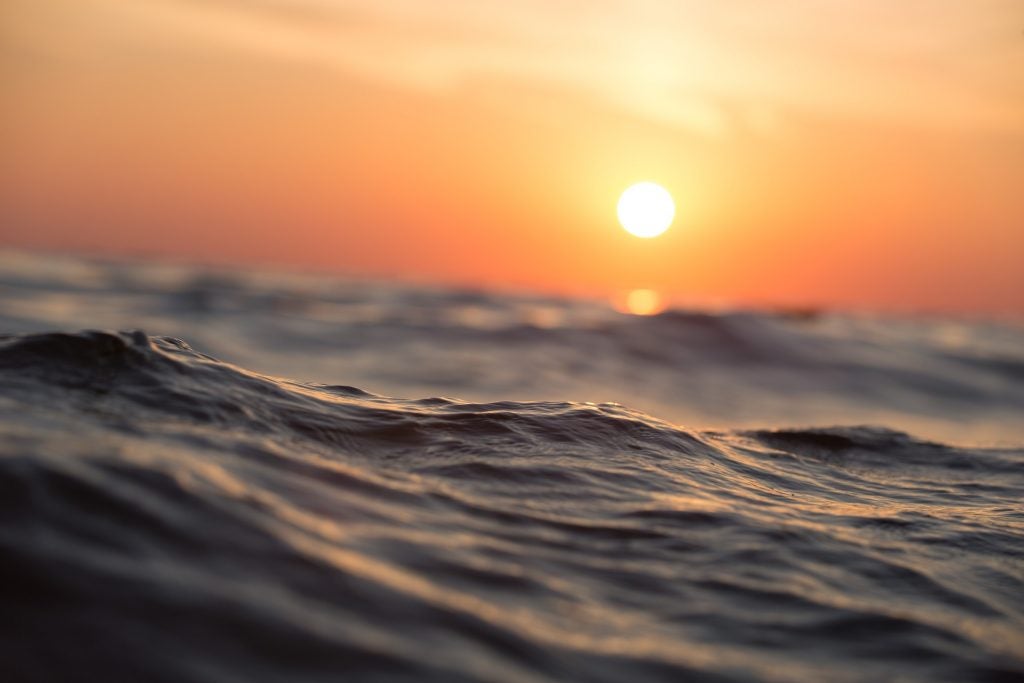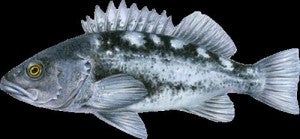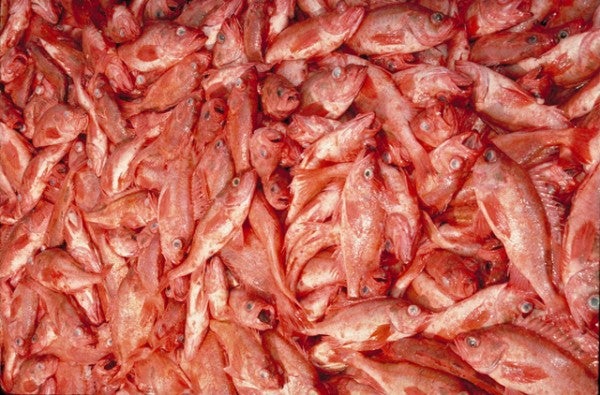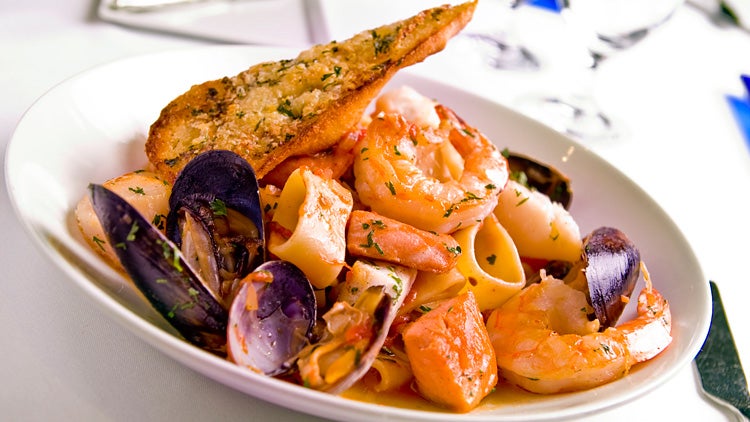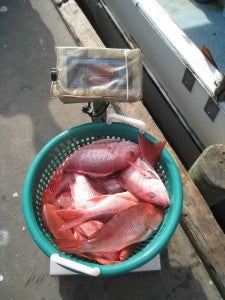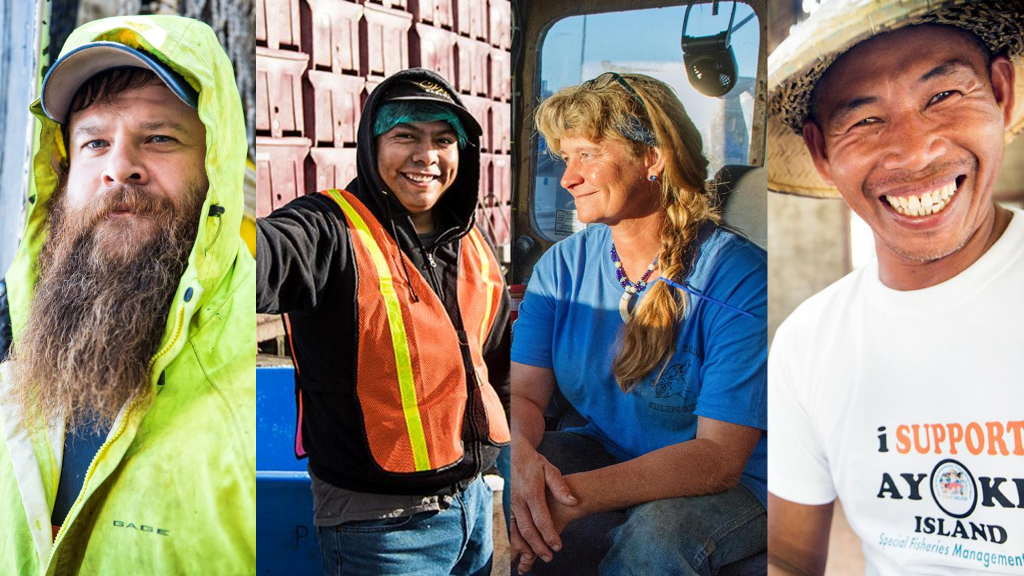 In recent years, investment circles have been abuzz with a bright new shiny object — the “Blue Economy.” Pick an impact investor, development bank or conservation fund out of a hat, and chances are there is a mention of the Blue Economy somewhere on their website. (Although technically, the Blue Economy has existed ever since humans began engaging in maritime commerce, but that’s another story.) Read More
In recent years, investment circles have been abuzz with a bright new shiny object — the “Blue Economy.” Pick an impact investor, development bank or conservation fund out of a hat, and chances are there is a mention of the Blue Economy somewhere on their website. (Although technically, the Blue Economy has existed ever since humans began engaging in maritime commerce, but that’s another story.) Read More
EDFish
The Blue Economy: from principles to practice
Want to save the Ocean? There’s an App for that
If I were an App I would probably be something simple and boring – but maybe with one or two tricks up my sleeve – like ‘Flashlight’ or ‘Compass’. (Side note: how cool is the level in Compass?)
Fortunately for you, I am neither an App nor an App developer. But I’ve had the privilege to learn more about both through my involvement as a judge for Fishackathon. Originally launched by the U.S. State Department as part of the Our Ocean conference, this one-of-a-kind biennial event brings together thousands of coders from all over the world to deploy their unique expertise towards improving the health of the oceans through novel software and hardware development. This year’s competition was hosted in 36 cities by my new best friends at HackerNest, and by some accounts it was the largest conservation-oriented hackathon in history. (Another side note: I’m pretty sure I’ve never said that combination of words out loud, but it sounds pretty cool.) Read More
From ‘Avoid’ to ‘Enjoy’: West Coast Groundfish Completes Sustainability Sweep
The Monterey Bay Aquarium’s Seafood Watch program, considered by many to be the ultimate arbiter of sustainability for the U.S. seafood market, has released five new reports on the West Coast groundfish fishery. In these new assessments they concluded that almost 40 types of rockfish, sole and other fish species – representing virtually all groundfish caught on the West Coast – are now considered sustainable seafood choices.
This announcement comes on the heels of another sustainability milestone for this fishery. Just two months ago, a large portion of the same fishery was also certified as sustainable by the Marine Stewardship Council.
This was not always the case. The fishery was declared a federal disaster in 2000. After years of overfishing and declining productivity, the fishing industry began working with Environmental Defense Fund experts and federal regulators to design a new management system that better aligned the interests of fishermen and fish populations. Read More
West Coast Groundfish Get Certified Sustainable: A Local Fishery Success Story
[Re-posted with permission from National Geographic]
Last year I had the privilege of sharing some good news from the sustainable seafood world, that the Gulf of Mexico red snapper fishery had finally shed its perpetual red list status. Today I get to do something similar, by applauding the U.S. West Coast Groundfish IFQ Trawl Fishery for its landmark turnaround and the announcement by the Marine Stewardship Council (MSC) that they have certified 13 species to their standards for sustainable fishing.
In their announcement, MSC noted that the West Coast Groundfish IFQ Trawl Fishery is “the most diverse, complex fishery ever to enter assessment against the MSC standard anywhere in the world.” The fishery includes west coast favorites like sablefish and petrale sole, along with first-of-their-kind species in the MSC program like lingcod, thornyheads, and several varieties of Pacific rockfish.
The MSC’s 400-page Final Report highlights several strengths of the West Coast Groundfish Trawl Fishery, which include:
- The strong link between [stock] assessments and management actions
- The management plan establishes individual accountability on the part of fishermen and delivers more complete data for fishery managers
- Sensitive habitats are protected in areas of “essential fish habitat,” and additional areas deemed off-limits to bottom trawls
- The management system is transparent and open to the public
- The catch share program provides incentives for sustainable fishing Read More
The quest for sustainable seafood has never been easier
If you love seafood, the six weeks between Mardi Gras and Easter is likely one of your favorite times of the year. It doesn’t hurt that restaurants, fish markets and grocery stores are awash with Lenten promotions, resulting in the most profitable period for seafood sales.
So why not use this time to get out of your comfort zone? Put down the tuna and salmon and try something new; the seafood market has an abundance of options. Additionally, consumers are seeking out local and sustainable seafood like never before, representing some of the hottest trends in the restaurant industry for the past several years.
But which fish are the best to buy? Tools like EDF’s mobile Seafood Selector and Monterey Bay Aquarium’s Seafood Watch app are great ways to have sustainable seafood recommendations at your fingertips. Some fish pundits like Chef Alton Brown – host of Good Eats and other programs on the Food Network – go so far as to encourage consumers to ignore all the labels and just “Buy American.” In the absence of definitive information, this might be your best option. However, it’s usually a good bet that your fishmonger or server can tell you where their fish is from. Read More










